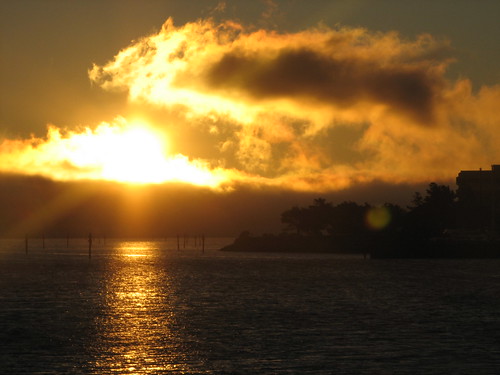
But of course we were running late - the usual. We got ready, wolfed down some breakie and made the 7:10 shuttle to the airport. Ten bucks later (Doh!) we were back on the BART! and on our way into town. We got off at Embarcadero and walked to Pier 33 for our Alcatraz trip. Despite a few wrong turns along the way (I was tired and not reading the map properly), we made it in time to collect our tickets and board the boat.
Alcatraz is only about a mile away and the trip was very quick. The day had started a bit overcast and when we arrived to the island I must say it was very eerie and a bit disconcerting when we first set foot on land.


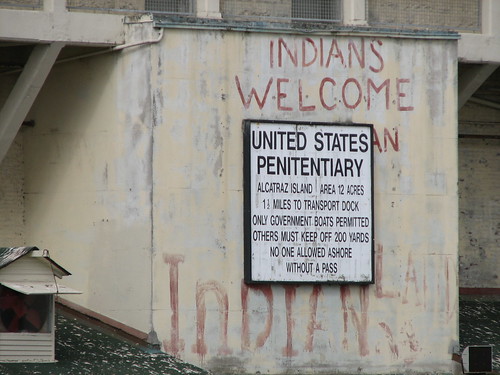
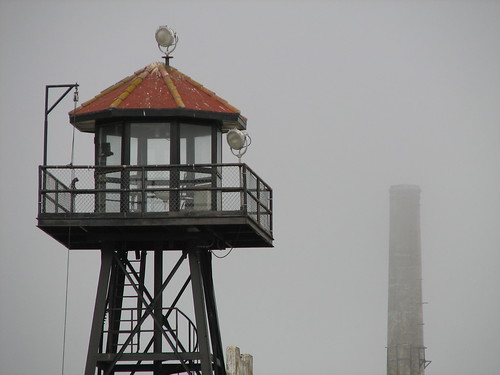

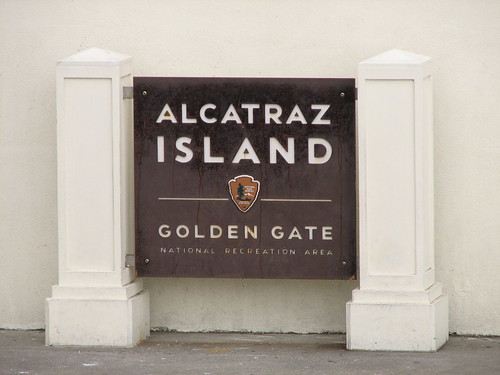
Alcatraz was first discovered in 1775 by the Spanish and named "La Isla de los Alcatraces" which means Island of the Pelicans.
After the gold rush began, the need for a lighthouse surfaced due to all of the ships in the San Francisco Bay. The first one was built in 1853.
Before and during the American Civil War, the island was fortified and hosted almost 100 cannons and several hundred soldiers in an effort to defend against any approaches to the Bay.
When the war ended, there were plans to level the island and rebuild it since all of the weapons and equipment had become obsolete. But in 1907, it was designated a military prison and construction began in 1909.
The US Army quickly realised that the isolation of the island was a perfect place to detain captives. The number of prisoners swelled and by the late 1920's the facility was full. Despite the serious nature of crimes that the prisoners committed, Alcatraz operated as a minimum security prison. In fact, recreational activities were common. A baseball field was built and boxing fights were held there on Friday nights. But rising operation costs forced the closure of the prison in 1934. The Department of Justice took over the island.
The Great Depression and Prohibition had brought a new level of violence and organised crime to America. The government decided that Alcatraz was the best solution for the new breed of criminals and steps were begun to make Alcatraz the most secure prison in the world.
All privileges were limited and no one had special rights or freedoms. Prisoners were only given the basic necessities of life - food, water, clothing and medical / dental care. Nothing else.
Some of the more famous inmates during it's twenty nine years of operation were Robert Stroud (Birdman of Alcatraz), Al Capone and George 'Machine Gun' Kelly.
Due to rising costs, the prison was closed for good on March 21, 1963.
In the late 60s, American Indians attempted to occupy the island. But after eighteen months, they were forced off by the government.
Today the island is governed by the National Park Service and is host to over 1,000,000 visitors per year.
The tour was self guided and really really good. Audio instructions moved you around the jail and told you all of the stories and history behind the jail.The tour began inn the room where prisoners received their clothes and shoes and then through to Block B.

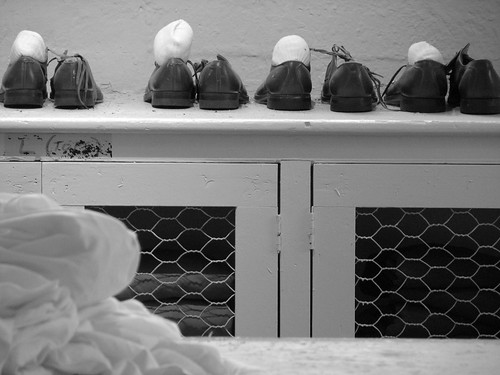

The next part took us past a row of cells and into Block D, which was an isolation block and used for 'treatment'. Inmates received food and water but they were confined to their cells 24 hours a day. Depending on the offense, a stretch could last days, weeks, months or even years.
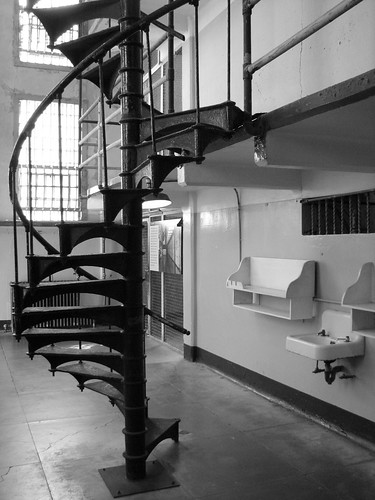

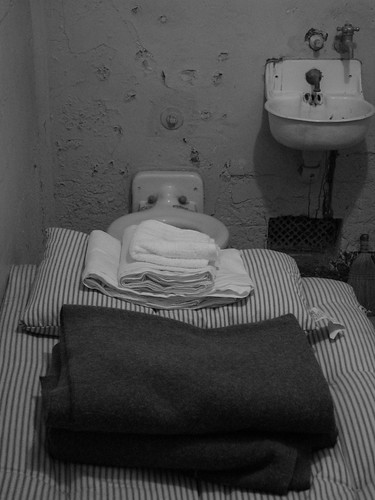

After the creepy walk through isolation, I was able to go outside for some fresh air and a few of the recreation area.
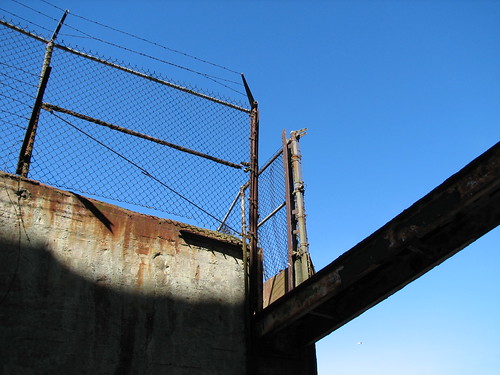
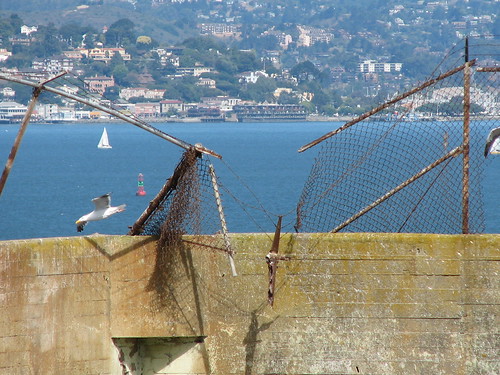
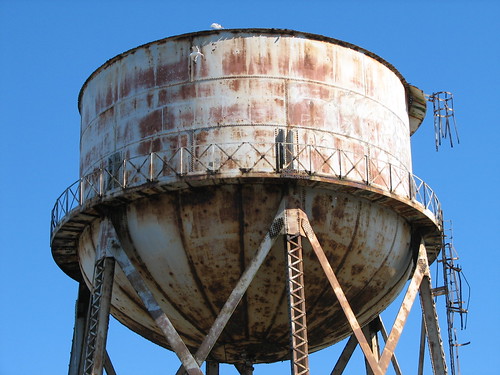
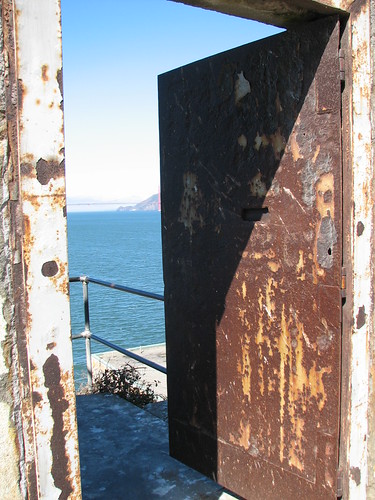
Next was the library, the visitation area and the Administration Building.
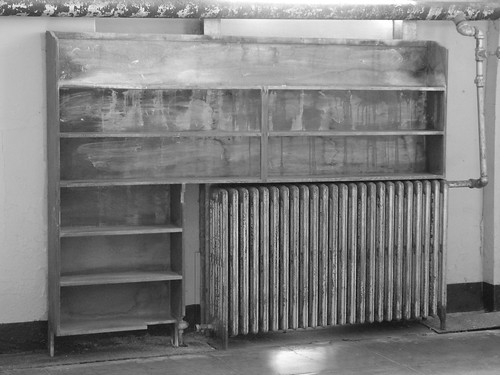



Once back inside, I walked down the famous main corridor of cells called Broadway.
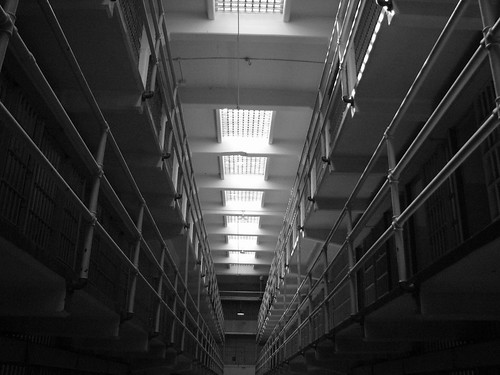
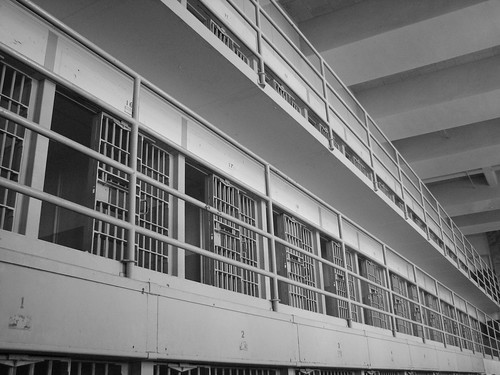

We couldn't finish the tour as we had to get another boat off the island but we made it as far as the kitchen which was the last stop. Running back down the hill, we just made the boat and sailed over to Angel Island.
Immediately upon arriving we gathered for a tram ride around the island. the tour was a bit naff but the views were amazing.
Angel Island is an island in the San Francisco Bay that offers excellent views of the city. The island has a land area of 1.2 square miles and lies almost entirely in Marin County. The island was once connected to the mainland but was cut off when sea levels rose at the end of the ice age. For thousands of years, the island was a fishing and hunting site. Then it became a cattle ranch in the 1800s but that destroyed much of the tree and plant life on the island. In 1863 (during the American Civil War) the US Army established a camp on the island. Later it became a transit station for troops during both World Wars. From 1910 to 1940 an immigration station processed more than 175,000 Asian immigrants entering the US. A fire destroyed the government administration building and all subsequent immigration processing was moved to San Francisco. In the 1970s, it became a State Landmark and today it is a California State Park.
The tram tour took about an hour and then it was lunch time. We had to settle for overpriced sambos in the cafe on the island whose name I can't remember but we were calling it the Bumble Bee Cafe as there were a huge amount of bees that were not shy about trying to land on us and our food.
Following lunch, we had an hour to kill so we just hung out in the shade. Played it cool like.
Then it was back on to Escape and across the bay to Pier 33.



Back on land we turned right and followed Embarcadero to Fisherman's Wharf. It was all a bit cheesy to be honest - a real tourist trap all the way along.
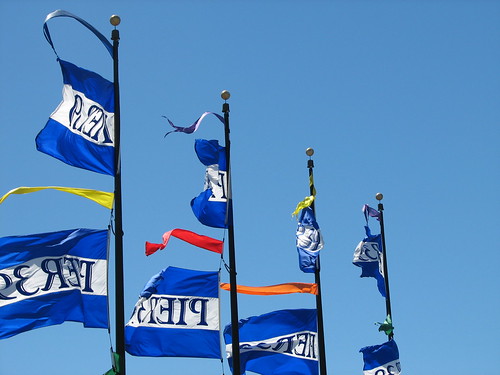

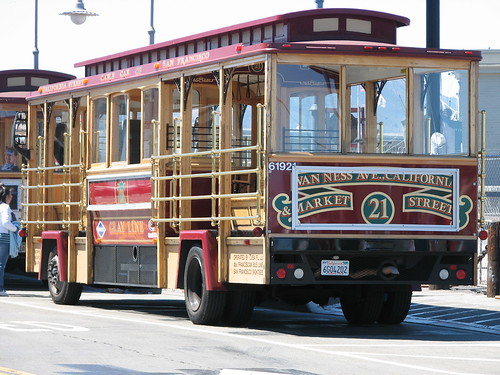

We turned onto Hyde Street and went to the Cable Car stop. It was a forty five minute wait but we decided to queue as it was our one and only opportunity to ride the car.

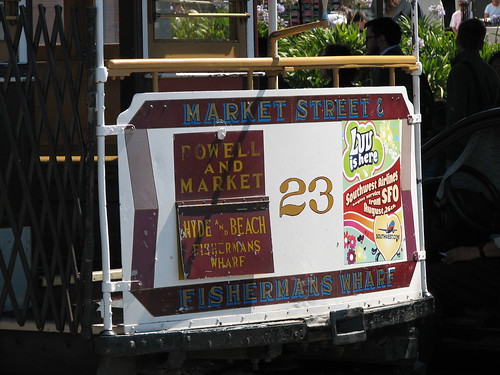
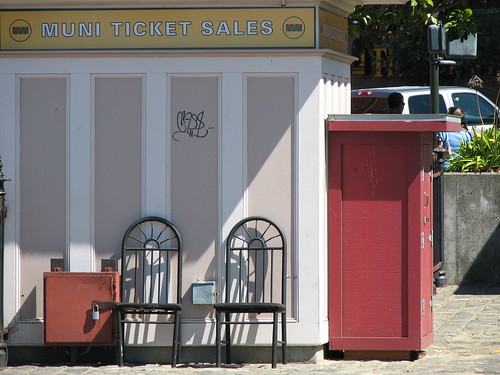
The queue moved along and we were entertained by some homeless guy who escaped from a straight jacket and some chains. When he finished, he collected some money and left his 'shackles' behind.

We weren't sure where he went but most likely it was across the street to the liquor store for some more booze. We didn't see him again...
Cable cars and the system to move them using wire - rope was developed by an Englishman named Andrew Hallidie. He witnessed an accident one day involving a horse drawn streetcar that slid backwards on a steep cobblestone slope and killed five horses. In 1873, the first cable car system was tested and a month later the first line began public service. Although the great earthquake of 1906 damaged most of the existing cable cars, the system was rebuilt in the early 1980s. Historic cars were refurbished and can be ridden today by eager tourists for only five dollars!
We managed to get seats and had a really good ride down Powell Street all the way to the intersection with Market Street.
Having managed to avoid it for so long, we had to have a look in Rasputin especially since the cable car dropped us off right in front of it! Well, it was a great shop. About ninety minutes later we both emerged with yet more bags of CDs. But I found some great stuff including a King Britt CD and an Alex Cortiz CD. Both of them are like gold dust back home and they only set me back about sixteen dollars!
We had a look around a few more shops and then had to get a bite to eat. We looked at a few restaurants but since we had already spent our food money on CDs, we had to go for the cheap option. In the end we settled on Mel's Diner.


Mel's is famous because it was the setting of the film American Graffiti. Except now there are several of them and the one we ate in is not the original. It had a good old school vibe but I was disappointed with the steak sandwich that I ordered.
After a long day, we were both wrecked so we decided to head back to the hotel early.
Once back we watched a bit of tele and I set to work copying all of my new CDs on to my laptop. We turned in early and quickly fell asleep.

No comments:
Post a Comment